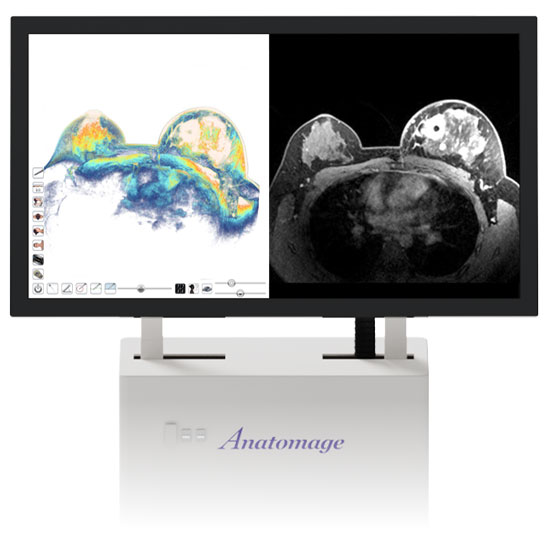Medical jargon often creates significant barriers for patients. The complex terminology can be confusing and intimidating. This may lead to misunderstandings about diagnoses, treatment options, and advice.
Anatomage Table simplifies medical jargon, making patient communications more streamlined. Using 3D visualizations and interactive digitized cadavers, Anatomage presents complex pathological anatomy in a clear, visual format. This approach aids doctors in explaining medical conditions to patients without relying heavily on technical terms.
Reducing Jargon.
Anatomage platforms produce accurate 3D visualizations of patient DICOM images. This allows patients to understand their conditions and patient scans without medical terminology.
Patients as Partners.
The multi-touch platform allows direct interaction with patient scans. This interactive experience makes patients feel more involved in their treatment plans, fostering stronger patient-doctor relationships.
The Anatomage Table transforms complex medical terminology into intuitive visuals, helping patients better understand their conditions and pathological anatomy.
Multilingual Support.
The Anatomage Table supports multiple languages, allowing explanations and labels in the user’s preferred language.
The Anatomage Table can significantly increase patient confidence through various means:
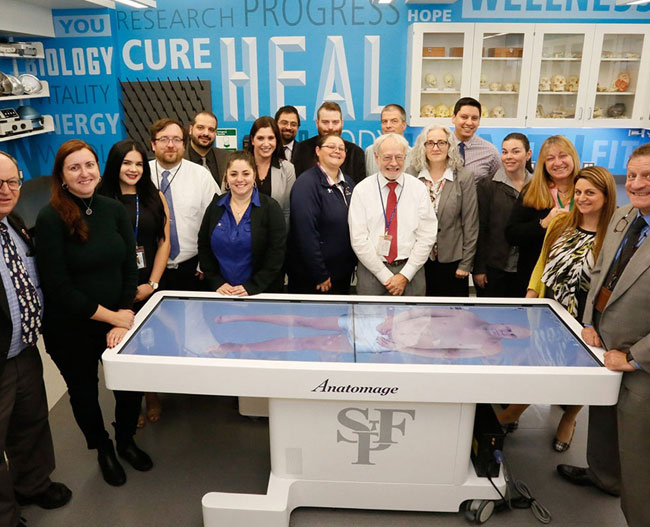
3D DICOM Images.
Doctors render patient scans in 3D, enabling patients to see detailed visualizations of pathological anatomy.
Procedural Simulation.
Patients can visualize procedures to understand what to expect during diagnostic tests.
Pathology References.
The platform features a library of real patient scans that doctors and patients can use as clinical references.
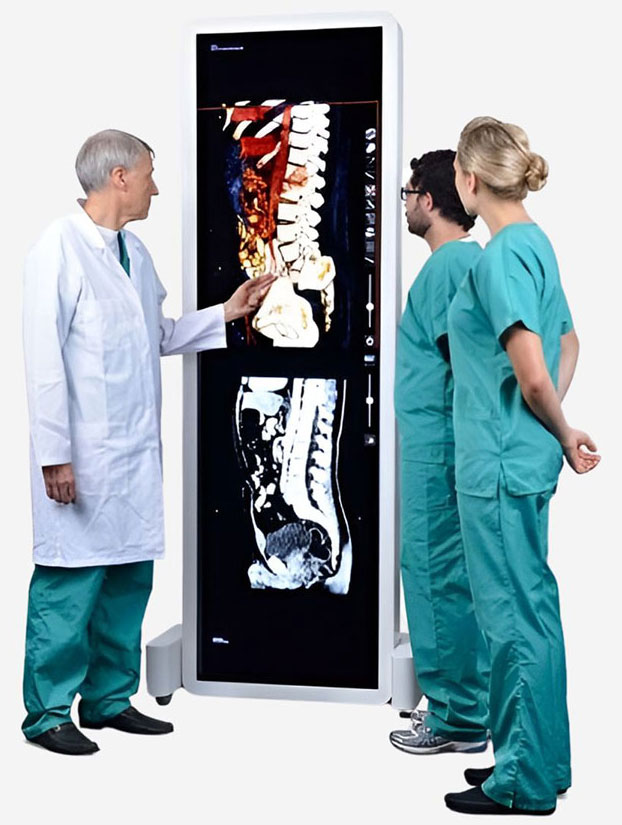
The Anatomage Table provides tools that actively engage patients in the decision-making process. Its interactive capabilities actively engage patients in their care. They feel involved and valued in the decision-making process.

Interactive Touchscreen.
Interactive displays let patients engage with their pathological anatomy through detailed 3D models. They can zoom in, rotate, and explore affected areas, making it easier to see and understand their condition.
Personalized Treatment Plans.
Using the Anatomage Table, doctors can show patient scans with their specific anatomy and condition, tailoring discussions and treatment plans to their unique needs.
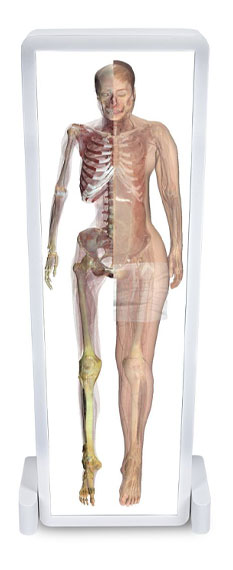
The Anatomage Table is available in two formats: Classic and Convertible. The convertible model can function as a horizontal table for interactive dissections or as a vertical display for presentations and group learning.
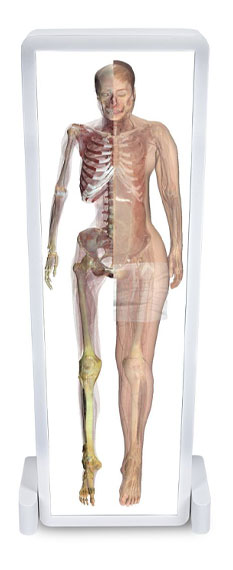
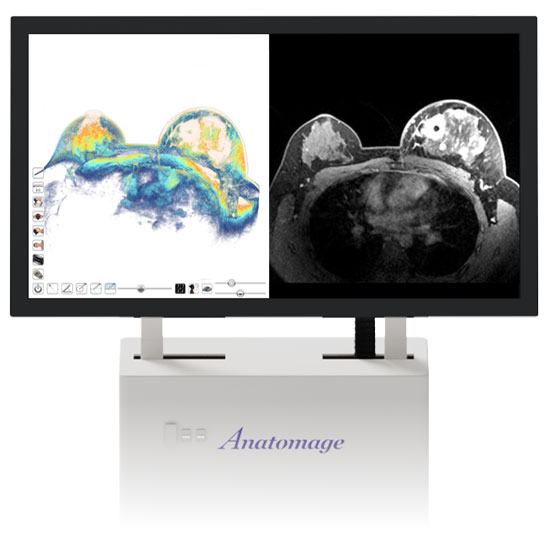
The Anatomage Table Clinical offers the same functionalities as the Anatomage Table but in a more compact size, making it ideal for a space-constrained environment.
